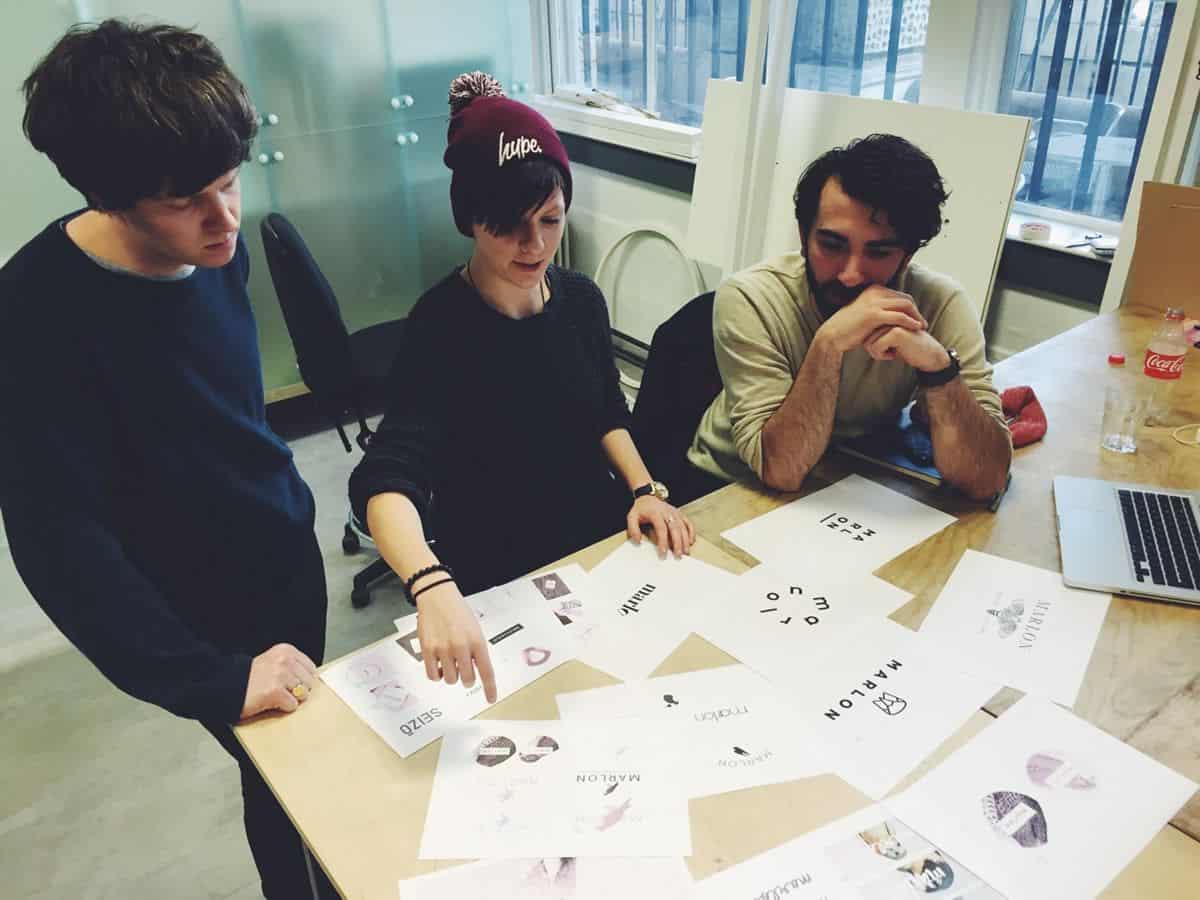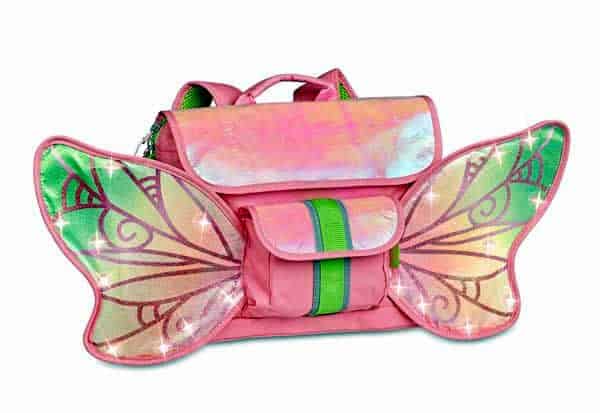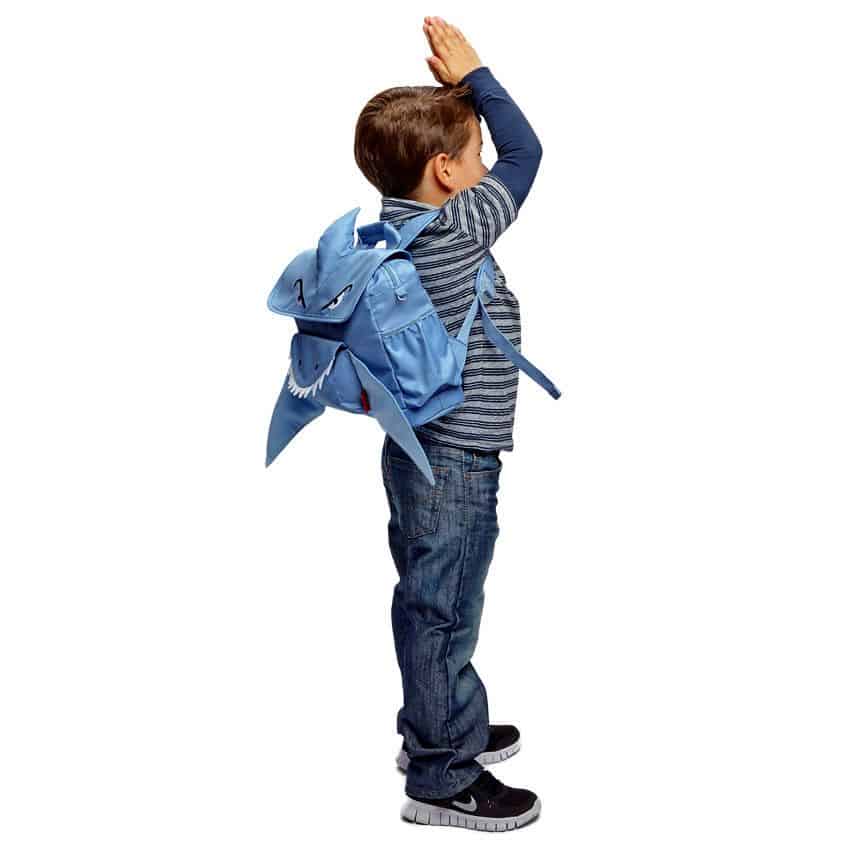Designing a game-changing product, whether virtual or physical, takes a ton of grit and even more creativity and innovation. If your team seems to be hitting “designer’s block,” here are some tried and true methods from designers and entrepreneurs to get everyone to think outside their comfort zone — and into a one-of-a-kind final product.
1. Encourage your product design team to get playful — even “silly” or “impractical” ideas can evolve into their best work.
Rob Bye is a Co-Founder at Morrama (@morramadesign), an industrial design studio for startups, entrepreneurs and businesses. “At Morrama, we focus on designing physical products, and the occasional packaging design project,” says Bye. “The main way we find new ideas is through discussion, rapid prototyping (making things from paper, cardboard, lego or whatever we have on hand), and simply playing around with the idea.”
Sketching it out is just one part of the puzzle, says Bye. The other part is being open to new concepts, even if they seem kind of batty at first. “The most out of the box ideas come from when the team is purposefully trying to solve something in a silly or impractical way. Once these ideas have been toned down, they actually work, and are usually miles better than the obvious answer.”
2. Don’t forget to reward your product design team for creativity.
Rui Carreira is a Lead Designer at LusoLush, which sells Mediterranean fruits to curious palates. Like Bye, Carreira encourages the product design team to get silly (or, in Carreira’s words, “ridiculous”) at first:
“Our gourmet product range really required us to step up our game in terms of package design creativity. Our team had to think outside the box, as packaging is vital for product differentiation, and the way we did it was by using two techniques: first, we dissected the benefits of our products, rather than its characteristics, and then we used the ‘Ridiculous Technique,’ a technique that involves brainstorming the most ridiculous ideas ever. Eventually, some ideas pop out that aren’t ridiculous at all.”
But what if your product design team is too nervous to push the envelope and really get ridiculous? After all, every creative has been in the precarious position of being told by a manager to step outside their comfort zone, only to be steered back in the usual direction after suggesting something really innovative. If your product design team has flashbacks to similar moments and ends up with cold feet, that’s when it helps to break out the incentives, says Carreira.
“Rewarding the staff is also vital to spur them to think outside the box, and for that we use gamification, giving our staff badges and points based on their performance to enhance their productivity and motivation — and let them know it’s okay to venture outside their comfort zones, creatively.”
3. Encourage your product design team to see through the eyes of a child.
Luis Manuel Garcia, the designer and creative mind behind Bixbee (@bixbeebuzz), a company that makes innovative (and, frankly, adorable) backpacks for kids. For Garcia, getting into the minds of Bixbee’s young users is more than just market research — it’s an entire philosophy of creativity and approach to life.
“Have you ever stopped to have an actual conversation with a kid? Their imagination serves as an endless source of inspiration for our work. Wings, sparkles, sharks, zombies — they will throw almost anything at you. That extra spark makes for a feel good, ‘gotta have it’ product,” says Garcia. “Our creative team pulls ideas that are sparked by childhood memories, travel and the kids in their lives. I also always encourage play, and that enables us to tap into our imaginations and silly side.”
We’ve written before about the many things children can teach us about designing for mobile, from scaffolding users along the onboarding journey using educational psychology to simply inspiring a sense of wonder and imagination. If you think your product ethos is too staid or serious to benefit from the bright eyes of babes, chances are you could really use some youthful input!
4. Leave out a guitar — and encourage your product design team to pick it up when they’re stuck.
Gene Caballero (@gene_caballero) is the co-founder of GreenPal, also known as “the Uber of Lawn Mowing.”
“How I inspire creativity both in myself and in my product design team is to pick up an instrument. Whenever I have to make any sort of decision or am in a creative rut, I go straight to my piano. I’ve also been trying to learn guitar, but that’s been a bit more challenging!”
There’s more to this, says Caballero, than simply starting a rousing round of “Kumbayah” when the going gets tough.
“Learning to play an instrument has been scientifically proven to engage practically every area of the brain at once especially the visual, auditory, and motor cortices. The brain is a muscle and learning and playing music is like a full body workout that strengthens those brain functions, allowing us to apply that strength to other activities — like thinking outside of the box when designing or tweaking the user experience on our app.”
Even if you’re not the greatest player in the world, just noodling around with some chords may get you in the right state of mind to create your best work. If nothing else, you can learn a lot about design from the world’s most beautiful guitars.
How Do You Inspire Your Product Design Team?
While designers get their most creative ideas from a variety of places, they all have one thing in common: they keep their eyes open. Great design comes from paying attention to the beauty in the world around you, whether that’s in a sexy sports car or a fine art gallery. Where do you find your most unique sources of inspiration? How do you spur your product design team into their best work? Let us know by tweeting us @Proto.io.
And once you get those sparks of creativity, channel them right into a prototype! With Proto.io, you can create a lifelike digital prototype of your mobile app design in mere minutes, so you can spend more time developing an incredible concept. Ready to get started? Sign up for a free 15-day trial of Proto.io today!










